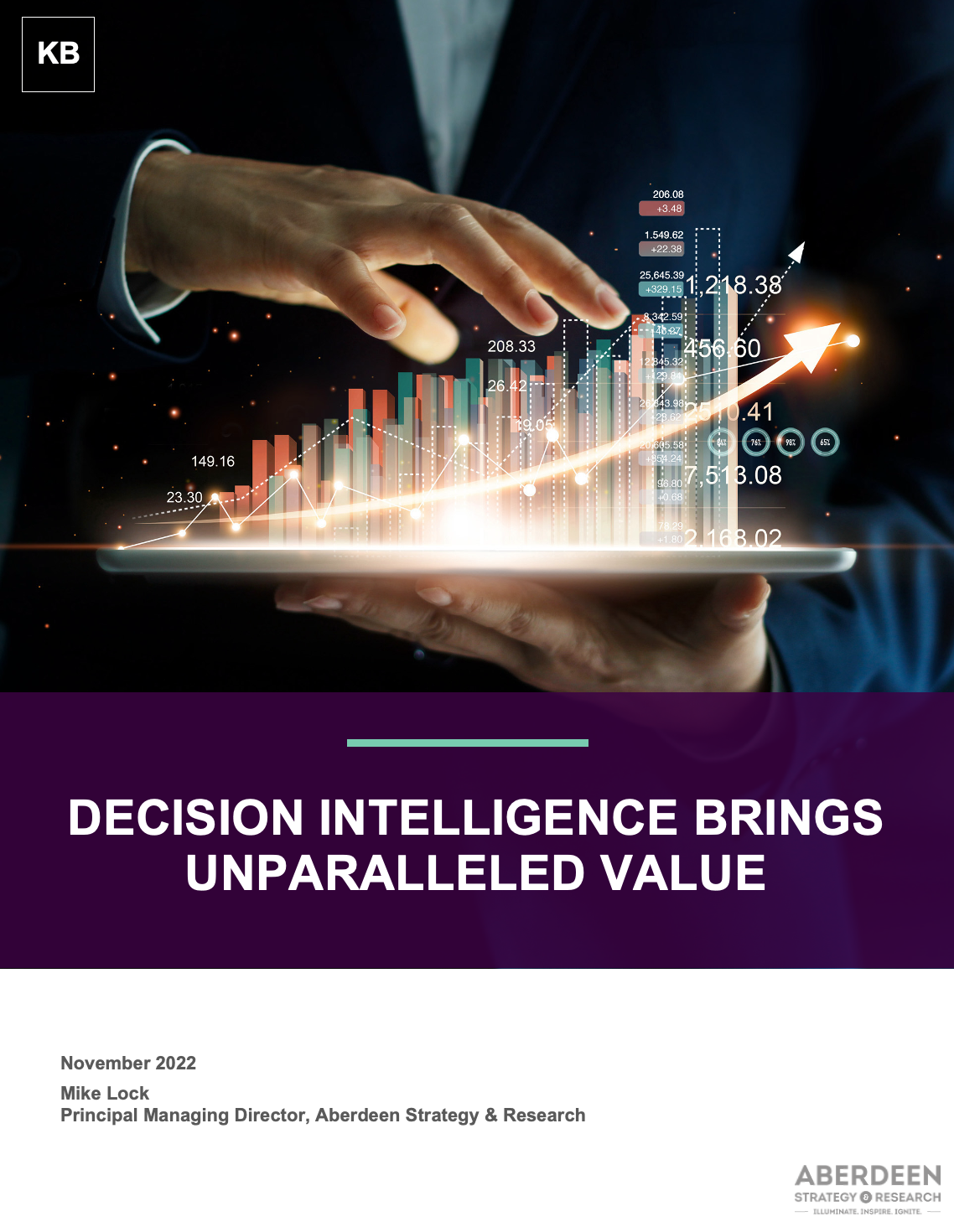As organizations face growing challenges in today’s competitive landscape, the need for real-time data and sophisticated analytics has become increasingly important. The ongoing market volatility and uncertainty, coupled with macroeconomic and geopolitical challenges, make access to accurate and actionable insights a crucial aspect of decision-making.
In this article, we will:
- Examine the rise of Generative AI and its impact on decision intelligence
- Discuss early players in the space, such as ChatGPT and Google BARD
- Present insights from our latest research report on the topic
Introduction to Generative AI
Generative AI refers to the development of algorithms and models that can generate new content, whether it be text, images, or audio, based on patterns and relationships learned from existing data. This type of AI has the potential to revolutionize the way organizations approach data analysis and decision-making. By automating the process of data collection, cleaning, and preparation, Generative AI can provide near real-time insights and predictions that can inform strategic decisions and drive business growth.
ChatGPT and Google BARD: Pioneers in Generative AI
Unless you’ve been living under a rock the past few weeks, you’ve heard of ChatGPT by now. ChatGPT is a state-of-the-art language model developed by OpenAI. It has been trained on a massive corpus of text data, making it capable of generating human-like responses to natural language questions. ChatGPT has been widely adopted in the customer service industry, where it is used to automate support interactions and reduce response times.
Google has since answered Microsoft with BARD — their version of a Generative AI model. It is designed to generate music based on user input, making it possible to create unique and personalized soundtracks on demand. BARD is a prime example of how Generative AI can be used to create new content in creative industries, such as music and entertainment.
The Importance of Data Preparation and Data Science in Generative AI
The success of Generative AI depends heavily on the quality of the data it is trained on. Raw data must be cleansed, standardized, and transformed into a format that can be used for analysis. This process is known as data preparation and is a crucial step in the analytical value chain.
Best-in-Class organizations, as identified in our research, are more likely to use data preparation tools to cleanse and enrich their data. These organizations are using AI to implement data science capabilities and layer sophisticated analytics on top of human business intuition as well as traditional analytics tools to visualize and socialize insights (see figure below).

Incorporating AI into Analytics and Reporting allows for faster decision making, greater accuracy in predictive modeling, more useful visualizations, faster data cleaning, and more streamlined workflows.
The role of data science in Generative AI cannot be overstated. Data scientists are responsible for designing the algorithms and models that drive Generative AI and ensure that it produces accurate and relevant insights. They also play a key role in monitoring the performance of these models and making updates and improvements as necessary.
The Future of Decision Intelligence with Generative AI
The future of decision intelligence is rapidly evolving as technology and data continue to impact businesses in new and profound ways. As organizations strive to keep pace with the exponential increase in data and the increasing competition, it is becoming increasingly important to invest in cloud-computing, data analytics, and artificial intelligence (AI) technologies. In this digital age, the importance of data preparation, data science, and intuitive access to data cannot be overstated. By embracing a holistic approach to decision intelligence, organizations can leverage the power of their data to gain new insights, improve performance, and remain competitive.
Going forward, it is clear that the trend toward cloud-based environments will continue to gain momentum, with an increasing number of organizations migrating some or all of their environment to the cloud. The benefits of the cloud include greater security, data modernization, and improved performance. However, it is important to note that effective decision intelligence is not solely predicated on the construct of the data environment, but rather enriched with the right capabilities and organizational maturity.
As organizations continue to mature and become more sophisticated, we expect to see a greater emphasis on data science and advanced analytics, including generative AI. This new generation of AI technologies, such as OpenAI’s ChatGPT and Google’s BARD, will offer organizations new opportunities to derive deeper insights from their data and make better, faster decisions.
Organizations that take a holistic approach to decision intelligence and invest in cloud-computing, data analytics, and AI technologies will be better equipped to tackle the challenges of tomorrow and emerge as leaders in their respective industries.




